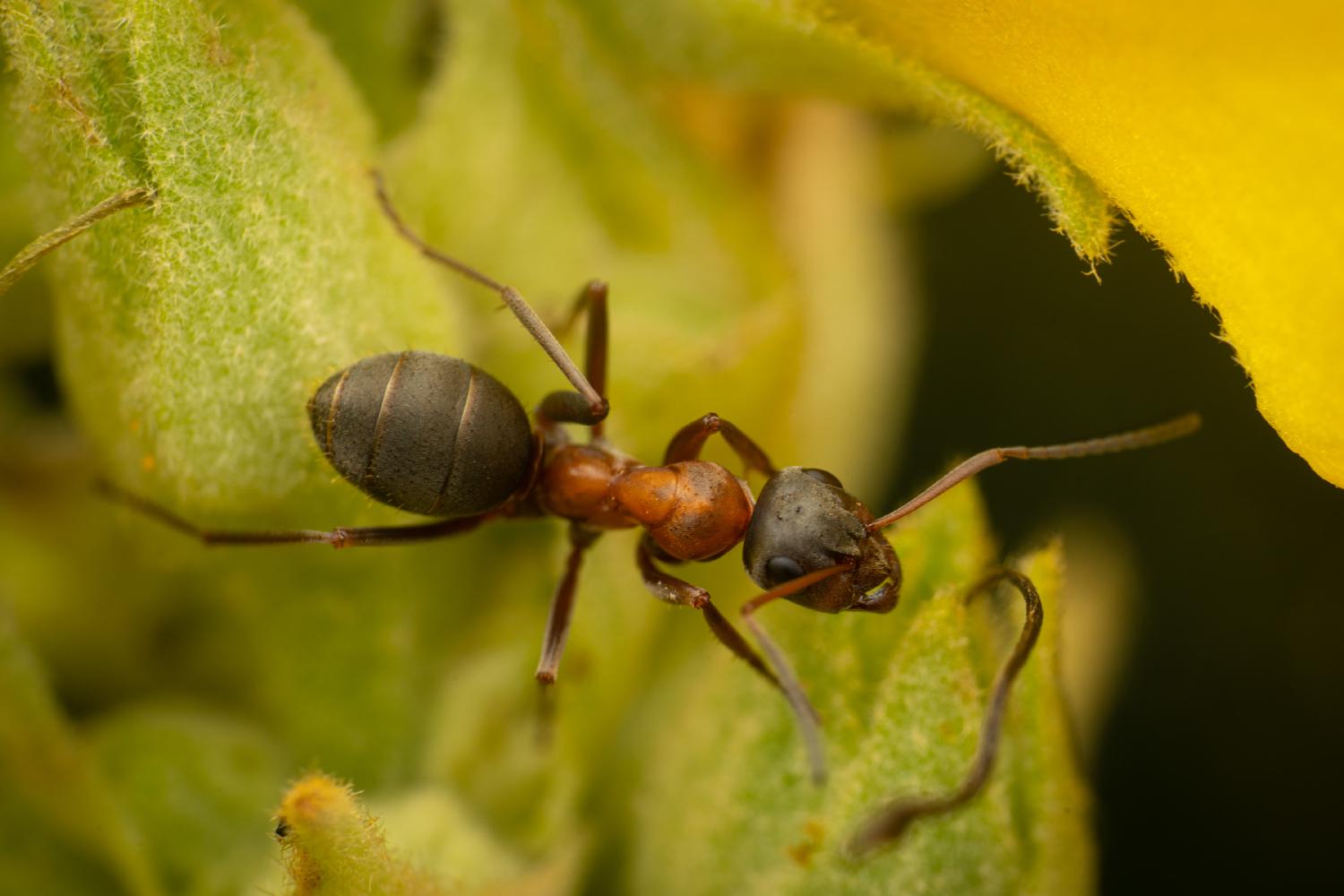Red-barbed Ant
Lat. “Formica rufibarbis“
species
of genus
“Wood, Mound, and Field Ants“
1 species
The Red-barbed Ant, known as Formica rufibarbis, is a large ant species with blackish head and thorax contrasting with a reddish thorax. It nests in the ground, usually in sandy banks, and colonies can contain one to three queens. It has a wide distribution throughout continental Europe and nests in short, lowland grass and heather. The workers have a remarkable sense of sight and forage alone. This species is subject to raids by other ant species in areas where their ranges overlap.
Taxonomy
The name Formica rufibarbis was first given to this ant by Lord Avebury in Britain in his 1881 work Ants, Bees and Wasps although the species had been earlier misidentified as F. cunicularia by Frederick Smith in 1851.
Description
The Red-barbed Ant is readily identified by its relatively large size and distinctive coloration of a blackish head and thorax, contrasting with a light reddish thorax. Small dark workers do occur and may be mistaken for F. fusca, although there is always a degree of colouration between thorax and abdomen. Workers can also be confused with F. cunicularia which does not have hairs on the thorax.
Life cycle
Colonies usually contain one to three queens, although the occurrence of gynaecoid or egg laying workers has also been recorded. Queens found colonies in the same manner as other ants from the Formica fusca group. Eggs are first laid early in the new year, and colonies reach a maximum size of around 500 workers. Alates emerge in late June to early July.
Distribution and habitat
It is locally common throughout continental Europe, and ranges from Portugal to Western Siberia. it nests in short, lowland grass and heather or maritime heath overlying loose or sandy soils.
Behaviour
F. rufibarbis nests completely within the ground, usually in sandy banks, and nest chambers situated about a foot beneath the surface are accessible only from a single entrance. This makes the locating of colonies very difficult, so it is possible that the small numbers of recorded colonies constitute an under-representation. Workers forage singly and Donisthorpe observed: “The workers are very audacious and will even endeavour to rob F. rufa of its prey – holding on and pulling – and the moment the rufa lets go, to get a better grip, or to attack the rufibarbis, the latter swiftly decamps with the prize.” Workers also possess a remarkable sense of sight, and will proceed to their nest entrance in a dead straight line even if major obstacles are placed to disrupt their path. Donisthorpe describes this phenomenon thus: “On July 12, 1913, having observed several rufibarbis workers running about on a path near a sandy bank at Weybridge, I endeavoured to find their nest, and commenced to pull up handfuls of herbage on the top of the bank, which I let fall on the slope. I then saw a worker approaching with a fly in its jaws and start to mount the bank, and as the scattered herbage was directly in its way, I feared the ant might be diverted from its nest, but when it reached the obstacle it never hesitated for a moment, but running straight over it in a direct line, entered its nest on the top of the bank, which I was thus enabled to find.”
Predation
Like other Serviformica, this species is subject to raids by dulotic species such as Formica sanguinea and Polyergus rufescens where their ranges coalesce. In Britain this only takes place at Chobham in the case of the former (the latter does not occur in the country).
See also
List of ants of Great Britain
External links
Media related to Formica rufibarbis at Wikimedia Commons Formica rufibarbis species profile on AntBlog
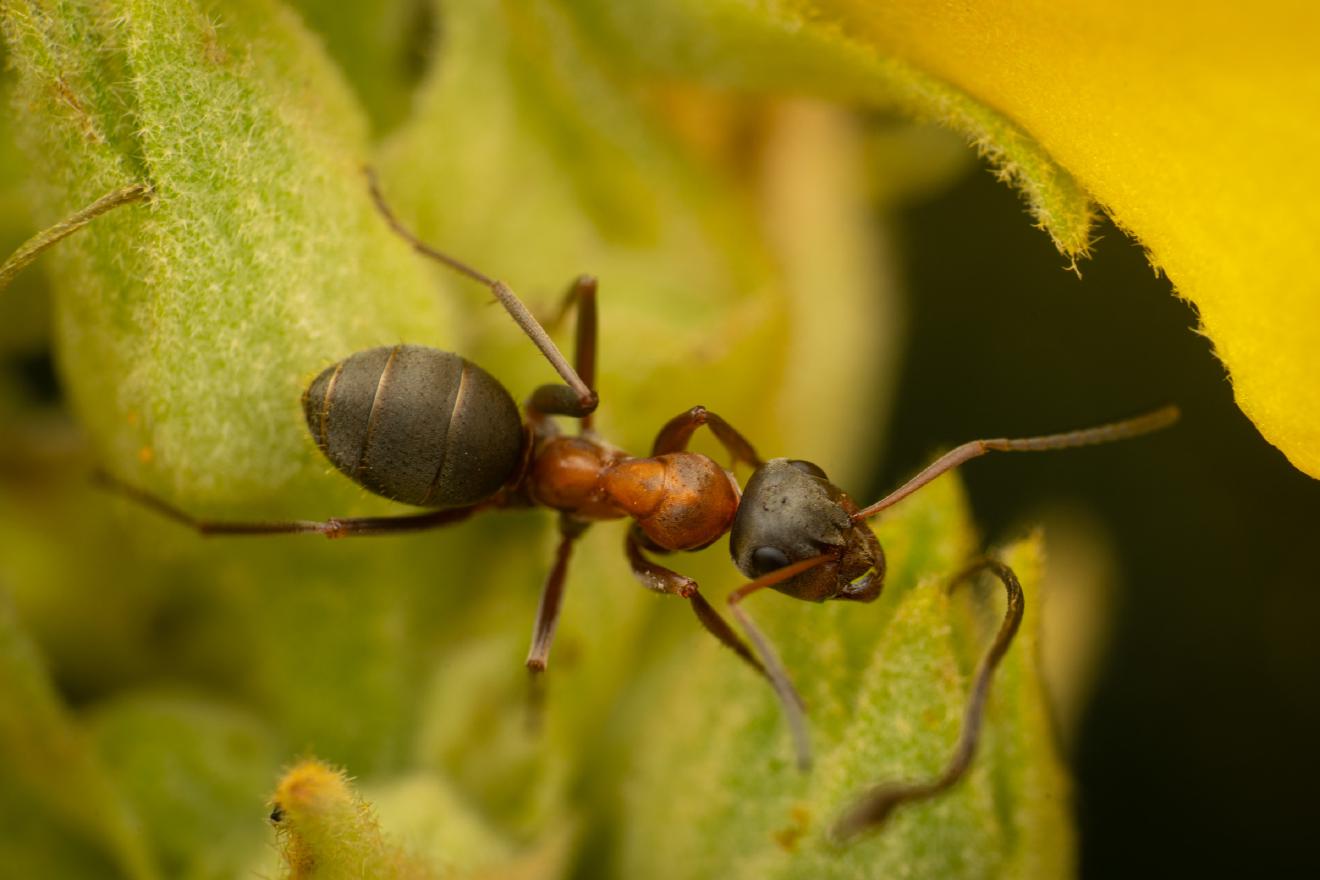
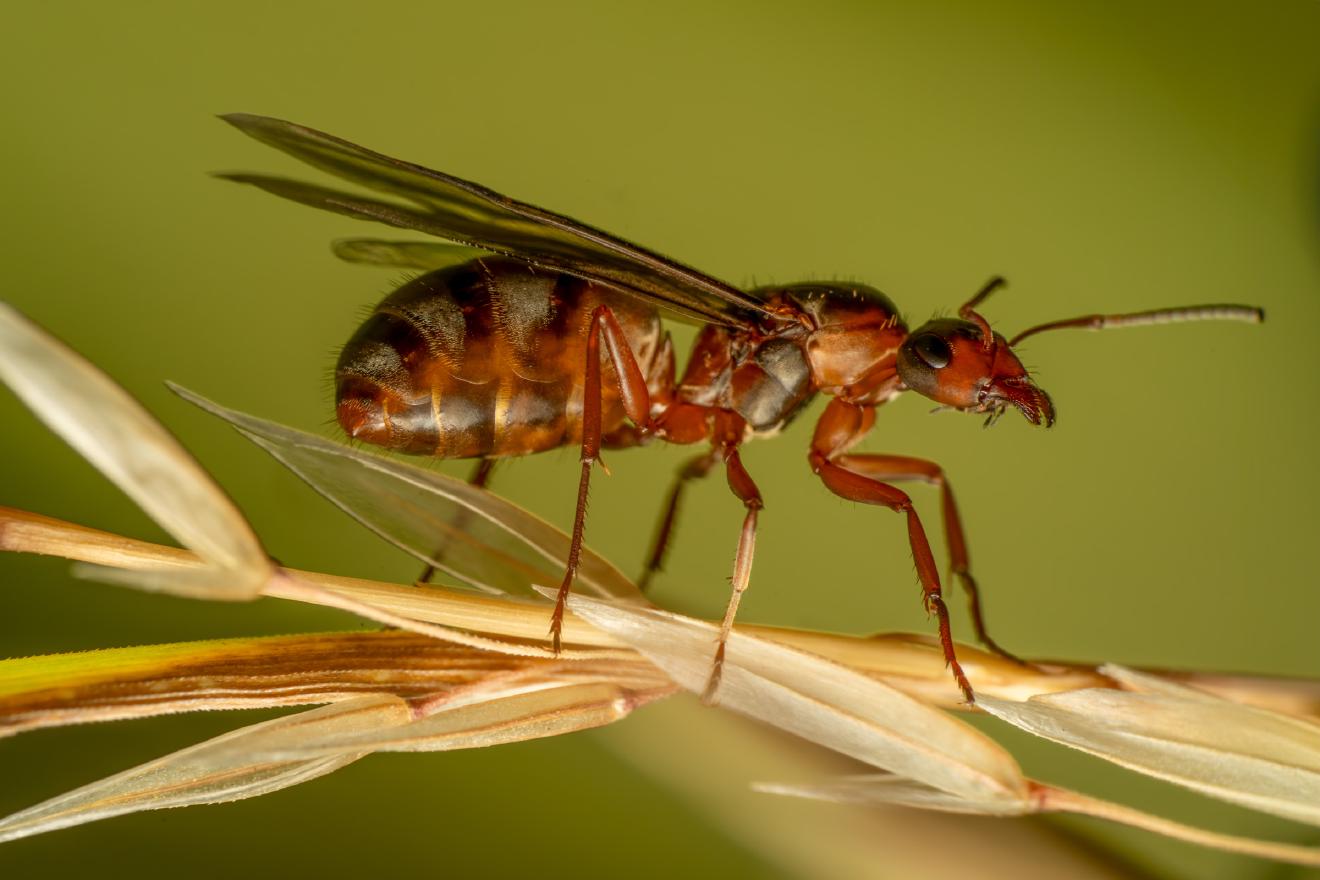
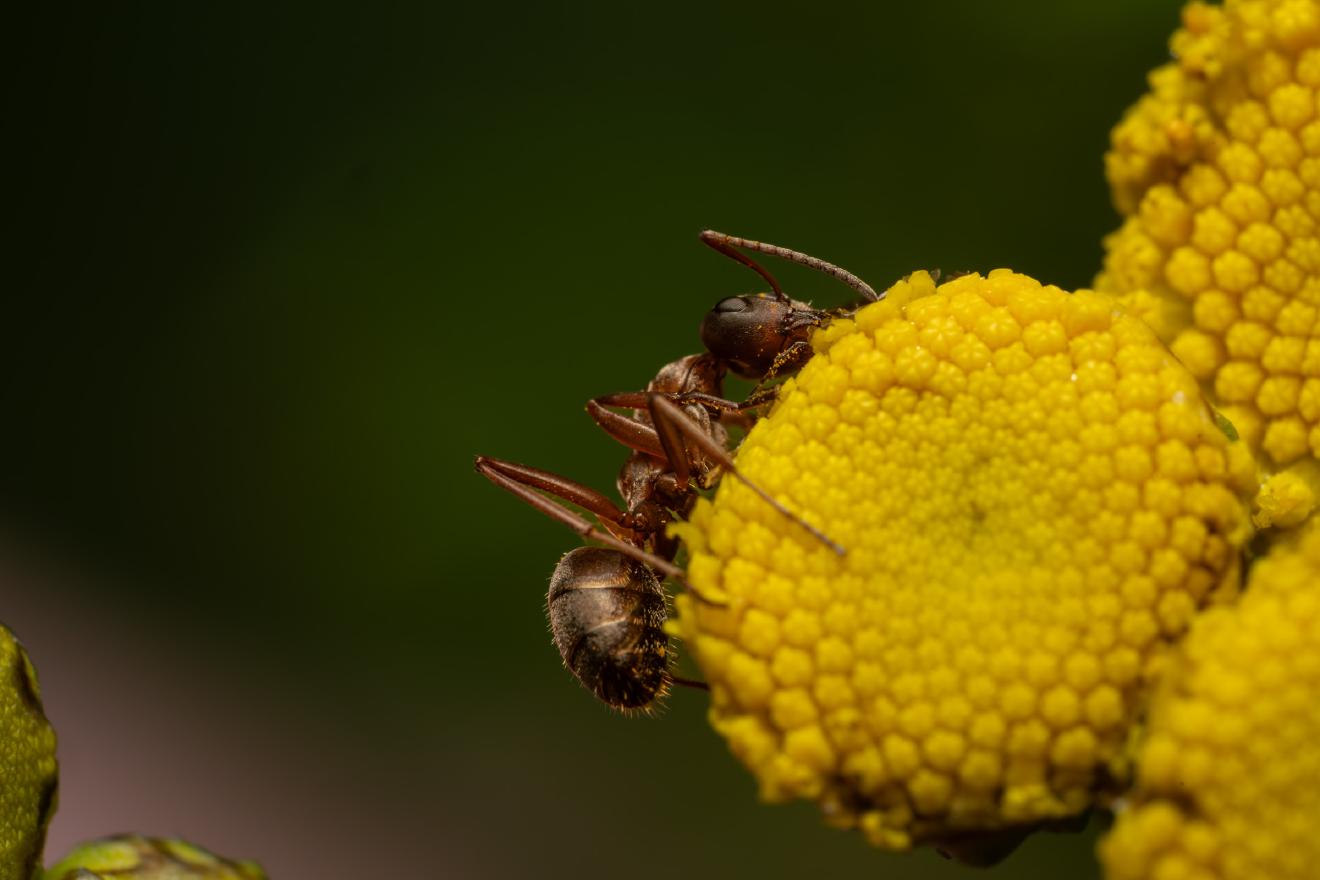
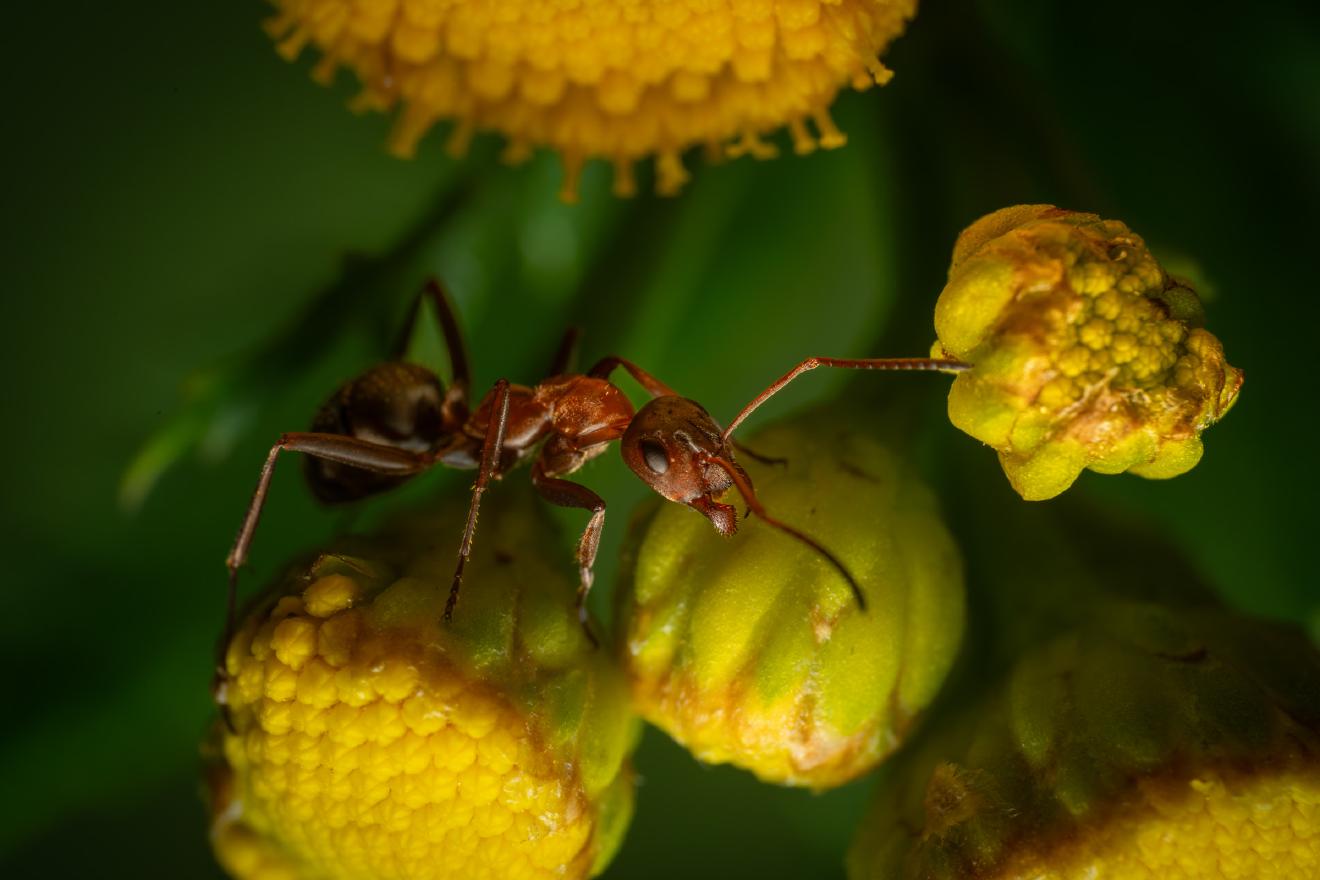
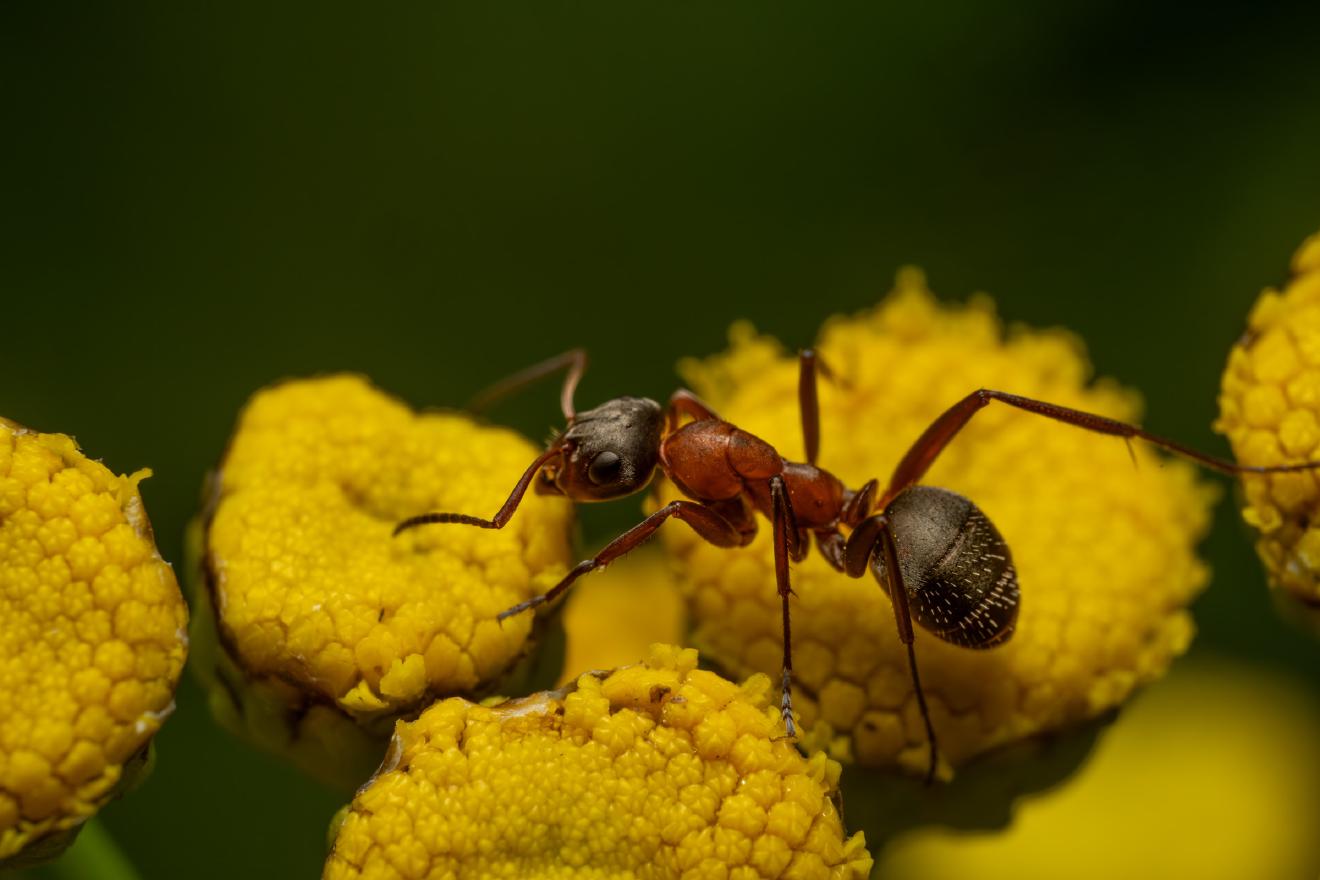
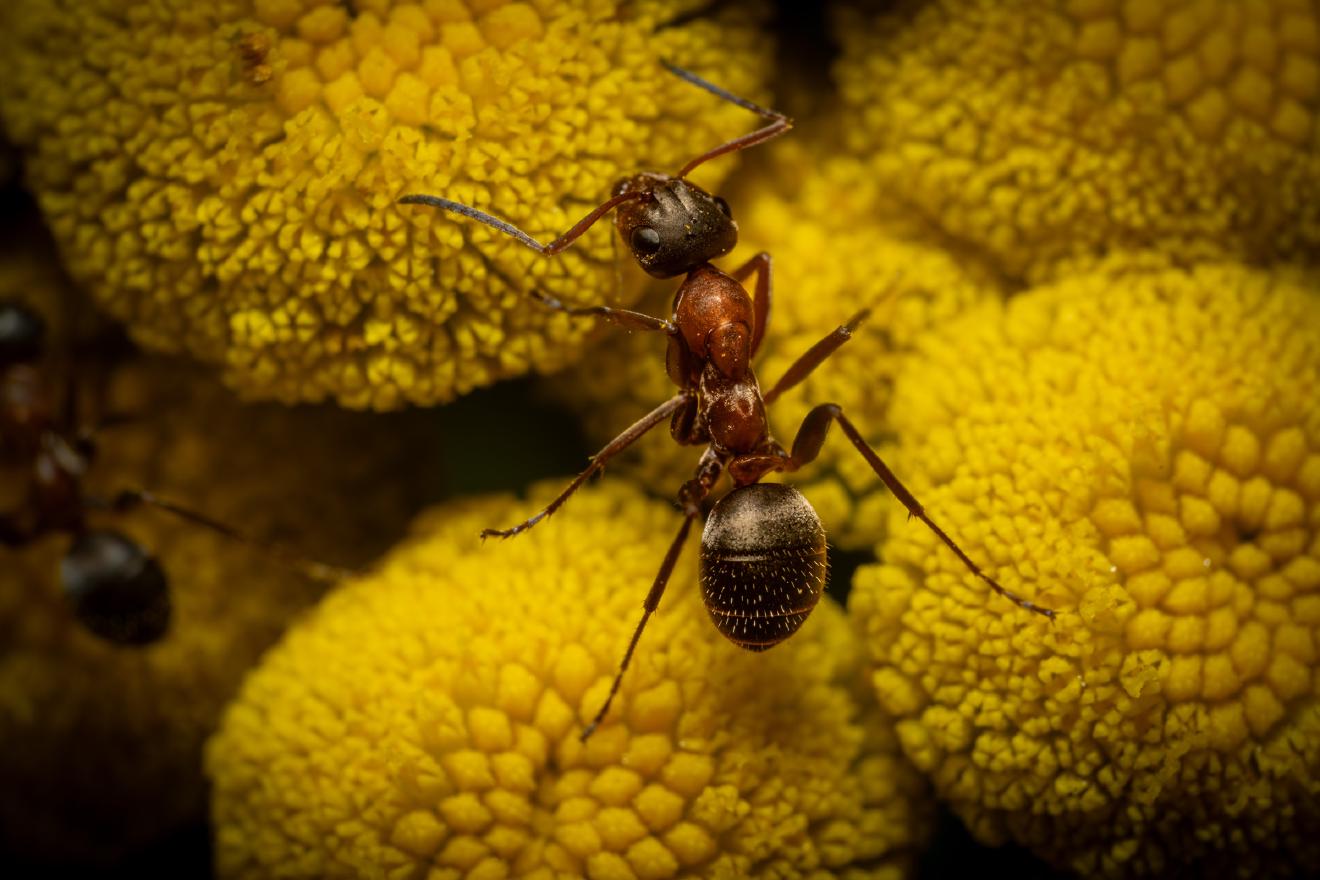
Ancestry Graph
Further Information
Copyright

This article uses material from the Wikipedia article Formica rufibarbis the free encyclopedia Wikipedia which is released under Creative Commons Attribution-ShareAlike 4.0 International License). On Wikipedia a list of authors is available.
